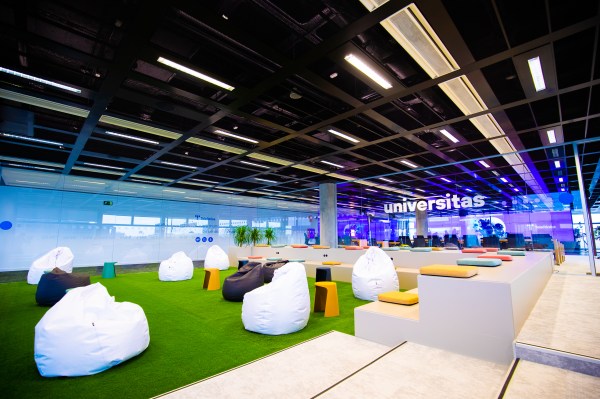To stay young, we have to work hard and make our brains work so that they learn new things throughout our lives. One of the important things when you decide to learn something new is that you like it or need it. Then, consequently, it is more likely to be achieved through repetitive practice of this new knowledge for a sufficient amount of time to create a habit.
My particular case with LSE
In my case, one of the things I am learning in my adult life is Spanish Sign Language (LSE) to communicate with my daughter. I started five years ago in a self-taught way with books like the one by the speech therapist Marc Monfort “El programa elemental de comunicación bimodal” (2018). Thanks to him, I learnt the alphabet in LSE and some basic sentences in bimodal to make sign sentences with the structure of the spoken language. After that, I took LSE classes at my daughter’s school and finally I enrolled in the online sign courses of the Spanish Confederation of Deaf People (CNSE). This is how I started to acquire the mechanisms to communicate in LSE in a more advanced way, for example, with the use of the verb at the end of sentences.
Despite the fact that I have already obtained the A2 level at the language school, I notice that I am losing knowledge over the months. The important thing in LSE, as in any other language, is perseverance. To be constant, you have to find occasions to use it. Another step to consolidate what I have learnt will be to make my own visual dictionary in LSE.
An important incentive when learning languages is to make learning fun. That’s why, a few years ago, when I was teaching French on a voluntary basis to my colleagues in management, I always looked for fun content when preparing the lessons. This could be games, jokes, tongue twisters etc. When we have fun, we are very attentive, and without realising it, what we have learnt sticks in our brain.
Interactivity is also essential. To memorise content, it is not enough just to listen to it, it has to be “treated” in some way, i.e. it is important that each student reformulates the information received with his or her own words in order to store it in his or her brain. Anything goes, taking the floor, generating a dialogue with the other people present, etc.
How to fix the knowledge
On the other hand, to fix the knowledge, the emotional part plays an essential role. Being in a pleasant environment with friendly people creates a permeable atmosphere that allows new concepts to be memorised without difficulty. If, on the other hand, the atmosphere is tense, it creates insurmountable barriers that distract the brain. Learning ceases to be its priority at that moment. This goes back to our origins, prehistoric man’s brain prioritised actions to survive in the face of near-constant mortal danger, and that is why we are still on Earth today.
Connecting to teach
Returning to the topic of teaching, another way to connect with students in a class is to use words that students already know to be a hook. Even if you don’t know French, you may be familiar with the expressions “comme ci, comme ça” or “oh la la la” and when you hear them, you want to hear something else. The idea is to make it easier for the brain to gradually focus on something new, which is initially more difficult for it.
In order to live, the brain distinguishes between hearing and listening. If we were listening all the time to the noises around us, we would not be able to concentrate. In fact, during the early stages of a child’s life, the ears and the brain are synchronised to be able to discriminate between noise and language. Thanks to this process, we are able to pronounce our first words. At this stage, an image/word tandem is formed. It is easy to see how our brain adapts and maximises its performance: when we are in a bar with friends, at first we hear the ambient noise, but little by little, we focus on the conversation and this background noise becomes more and more imperceptible until it disappears. Our brain naturally selects what it wants to hear.
The interest in learning, its necessity, the frequency, the frequency, the fun, the interactivity, the emotional connection, the achievable challenge, the prioritisation… each of these elements could be like a note that is part of a unique score where our brain is the orchestra leader.











